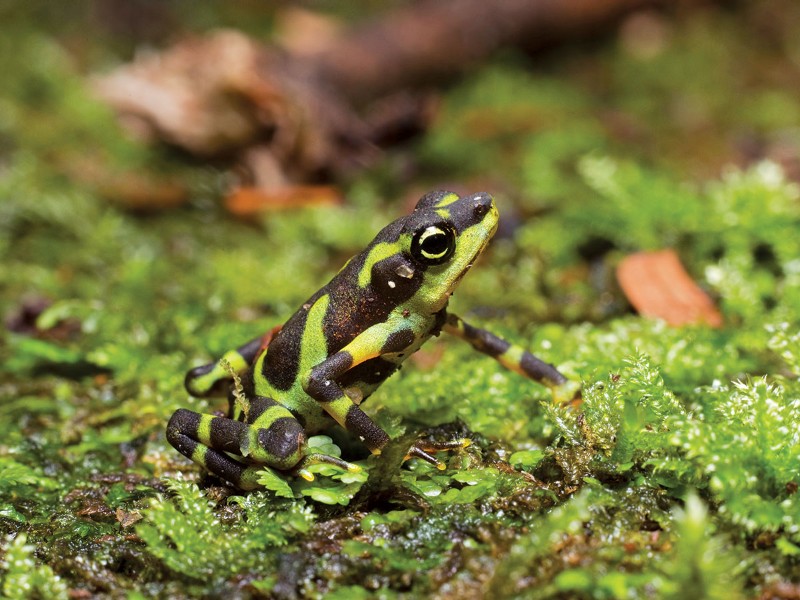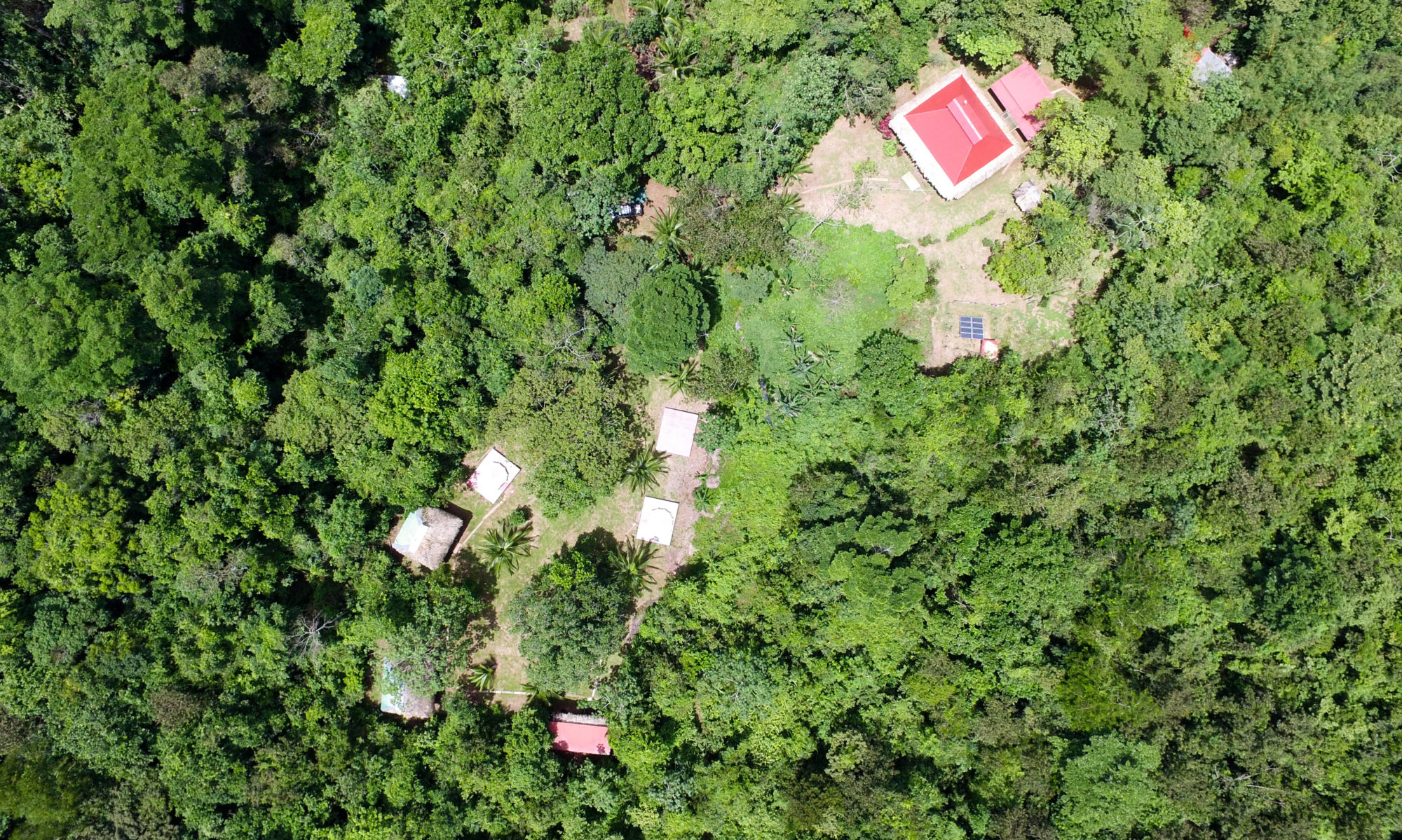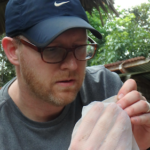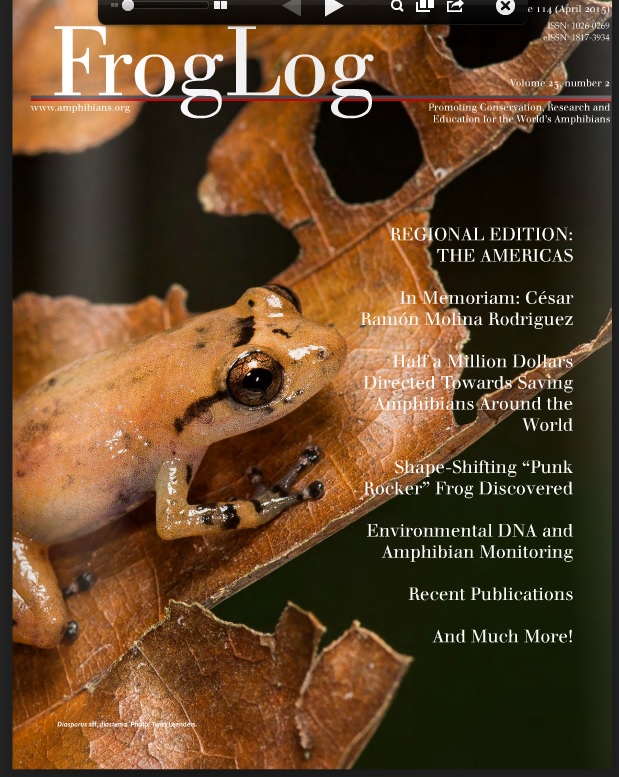Clay Bolt, the award winning photographer and co-founder of “Meet Your Neighbors” recently visited the Cocobolo Nature Reserve along with other photographers and Scientists. He was part of a major expedition to photograph and monitor some of the last remaining Harlequin Frogs which have drastically declined due to chytrid disease, as well as document through photographs, some of the immense biodiversity of the reserve. In this interview Clay provides his impressions of Cocobolo and also some insight into his profession as a photographer and his deep seated commitment to conservation. See the full interview here
Cocobolo in FrogLog
Cocobolo tropical frog research was in the news recently! Our work in the Cocobolo Nature Reserve in Panama received global attention earlier this spring in FrogLog, the quarterly publication of the ASA. CREA is a partner organization of Roger Tory Peterson Institute of Natural History (RTPI) and the Amphibian Survival Alliance (ASA), with the three combining forces to carry out this tremendous work on critically endangered amphibians in Central America.
See the article on page 61 – “Life in the Time of Bd: Long-Term Monitoring of Wild Atelopus in Eastern Panama” – for all the details!
Limosa Harlequin Toad (Atelopus limosus) in New Scientist
In the 60 years that the illustrious journal New Scientist has been around they’ve never run a photo-led feature. We are very proud and honored that they decided to break with that tradition with a story on Roger Tory Peterson Institute of Natural History President Twan Leenders’ work with endangered frogs here in the Cocobolo Nature Reserve in Panama, featuring photos of Clay Bolt. Research on a population of the exceedingly rare Limosa Harlequin Toad (Atelopus limosus) is predicted to give us more information on why these frogs are surviving while surrounding populations are going extinct. We hope that this information will support conservation efforts not only here but worldwide and reverse the global decline in amphibian populations.




